One of the questions we get most is how we manage to work while traveling in an RV. While working in an RV definitely has it’s challenges, it’s also doable with the right setup! Internet connection is one of the biggest hurdles to overcome.
I’m so excited for this guest post by Alyssa Calder Hulme, who is sharing on their family’s experience with how to work in an RV. I hope it’s helpful to many of you, too!
A year ago my husband’s office announced that, thanks to the pandemic, all work would be virtual
through the end of 2020 and beyond. We had already been homeschooling for a year at this point an
were fully socially isolated. We always dreamed of a big cross country trip in an RV with our family, so
when our chance to live our dream came to us, a gift among the horror of 2020, we jumped in headfirst.
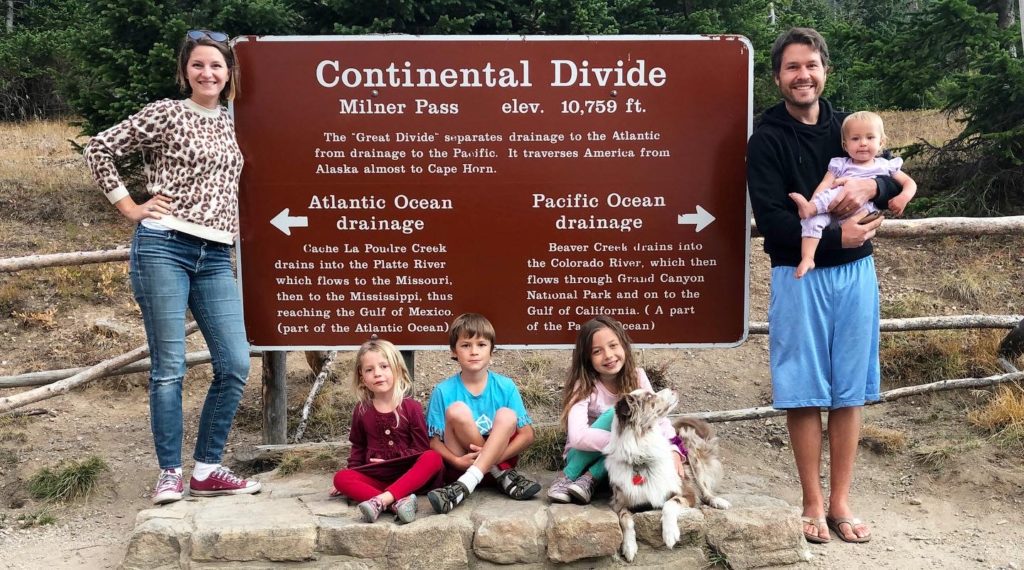
The destination of our trip was really a no-brainer: National Parks all the way! Our local parks were the
only thing keeping our family sane after months of social quarantine. Being alone in nature was one of the few places we could spread out as a family and have normalcy and we were ready to lean into that resource.
We spent the spring, summer, and fall of 2020 hiking alone in forests,
swimming in empty lakes, climbing huge trees, and following dinosaur footprints along deserted trails.
We learned about the original peoples of each land, what they held sacred, and how we could choose to
respect them now. Homeschool became roadschooling; it became worldschooling.
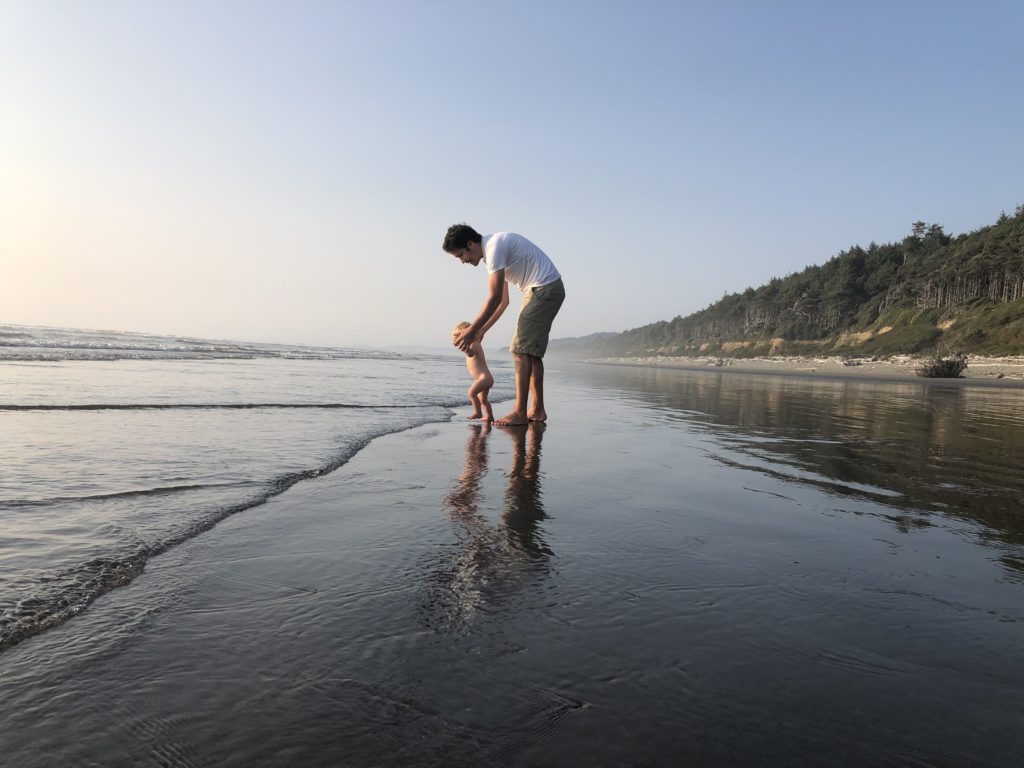
Internet Gear In An RV
Of course, to make this all possible, my husband and I had to be able to continue working. We needed
strong and consistent Internet access for Zoom calls all day, everyday. My husband needed to do trainings and pitches, I needed to be able to teach voice lessons and do writing work, and our family needed curriculum and resources to homeschool 3 of our 4 kids. Plus, we wanted to stay connected to family and friends, and also check in on news and needs back home.
After a lot of research we decided to increase our monthly data allowance by purchasing a Verizon
Jetpack MiFi 8800L. Between our two iPhones and the MiFi we had 45GB per month to tether computers
and iPads. The MiFi package, prepaid, month-to-month, served us well. At the end of the trip we simply
turned off the device and stopped our service for the time being with the idea that as we travel more in
the future it is always an option for us to use again. We also beefed up our RV with solar panels and a
new generator to ensure we always had enough power to charge our devices.
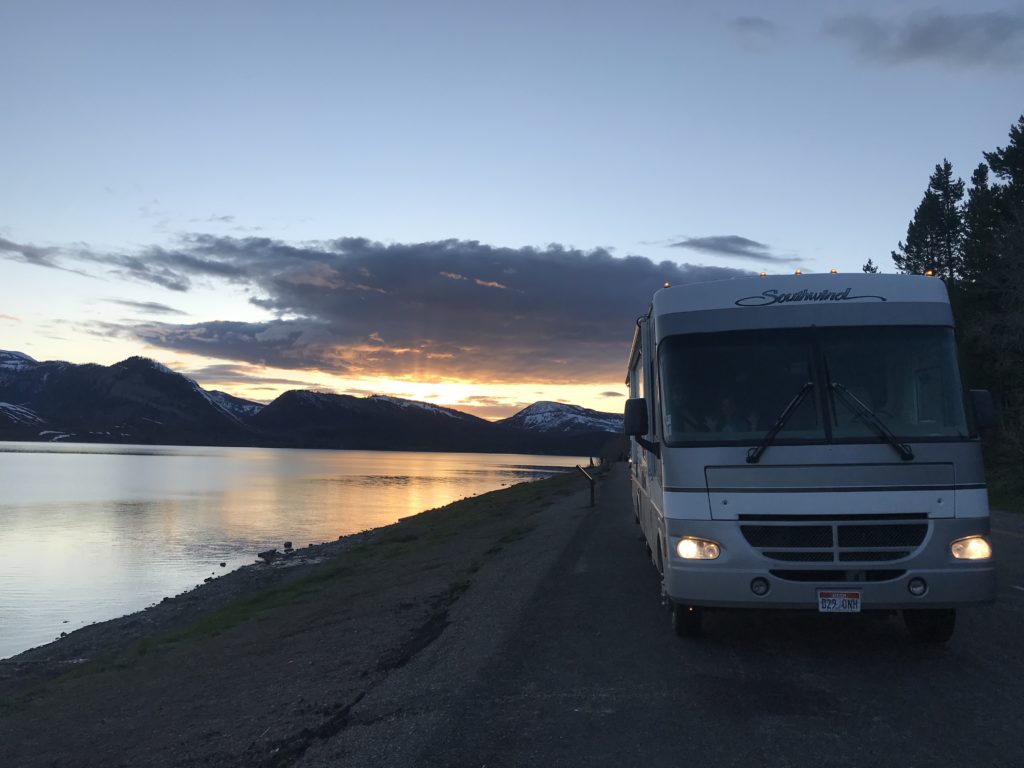
Planning for Internet Availability and Speeds
The other piece of our Internet success was finding areas close to or inside the park with not just cell
service or basic internet, but strong enough internet to withstand our daily demands. We knew we required 2-3 bars of LTE or 5G to get the service we wanted, so we planned our stops for locations where we could ensure reliable connectivity and saved vacation days for the internet-black holes that cover the wilderness of the US. There was only one day that our expected internet was inaccessible resulting in taking an unplanned vacation day!
To plan for success, I found websites with feedback on service levels for our cell carrier. Recreation.gov, campgroundreviews.com, and Roadtrippers.com allow folks to rate campsites as well as leave feedback about internet speeds and availability. I would confirm access across multiple sights before making our next move. For sights that weren’t inside a well-known or frequented campsite, I used campendium.com for further info on cell phone coverage. Occasionally we would need to adjust where we were parked or move to public wifi for a few hours to get everything done, but there was always internet close by enough for us to get good visits into the parks.
There were times that reported that access was more sketchy. In those places, my husband would bike to a nearby small town, or we would leave extra early to test out a spot before our day began. Ensuring internet access was definitely the most stressful part of our trip, but it was worth it to enable this dream.
With all this work going on, we were able to boondock — meaning we dry-camped using only our solar
panels and own holding tanks, no RV hook ups — from the coast of Washington all the way across the
US to the coast of Maine from early August to late October. No RV parks, no overnight fees.
Along the east coast and especially in more densely populated areas we did stay at a few RV parks. Once we got down to the Florida Keys I went out of my way to pay for a higher-end RV site to guarantee internet access. We couldn’t exactly change plans quickly on one of those tiny islands! We also discovered half way through our trip that our internet provider at home, Xfinity, offers millions of free hotspots nationwide to its clients.
We also boondocked in parking lots like Walmart, Cracker Barrel, and Cabela’s, which usually had enough
public wifi for us to use while we were stopped or shopping. The Allstays app is another great resource to
check the safety, legality, and internet of random overnight spots like the occasional 24 hour rest stops.
We never felt unsafe relying on the data provided by users there. There were also a handful of days we
spent camped outside of a mechanics shop to get repairs done – all of those spots had great wifi too!
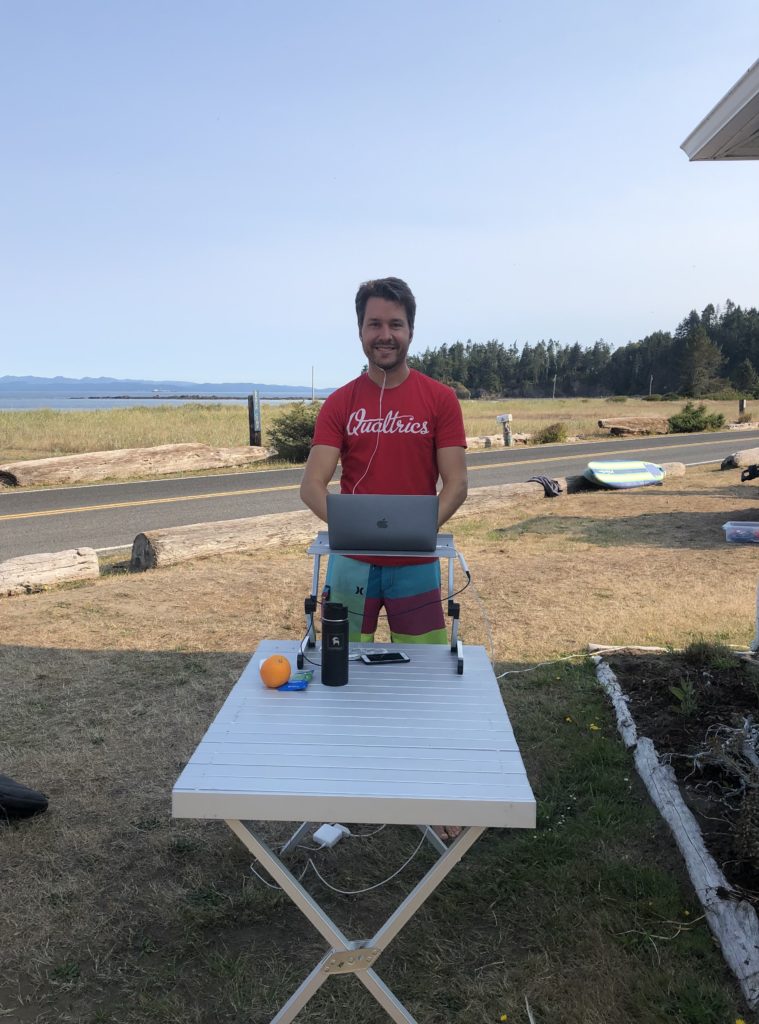
The Ultimate Zoom Background
Getting our work done required a lot of trading off for parents, strategic nap times and screen times for
kids, and prioritization of remaining data. There were stressful moments, but mostly incredible REAL
zoom backgrounds!
When weather allowed we took our calls outside – King’s Beach along Lake Tahoe;
East Beach in Santa Barbara, CA; Crescent Beach in Washington with a view of Canada across the
water; a totally empty Ketchum Resort in Sun Valley, ID; a casual set up with a glacier from Glacier
National Park behind us; alongside a herd of bison inside Wind Cave National Park; just below crazy
Horse Memorial, SD; inside of one of Theodore Roosevelt’s cabins in North Dakota; on the docks of
Voyageurs National Park; along the Keweenaw Waterway in Michigan; sitting against the dunes of Mt.
Baldy, Dunes, National Lakeshore; and even a view of Hurricane Etna (from inside the RV this time) as it
chased us out of Florida.
Weather permitting, we worked outside at picnic tables, lawn chairs, beach chairs, benches, and even standing table set up, counting on the variety of surfaces and chairs to prevent too much neck pain. On colder, wetter days you might find us in bed on our computers, sitting in the front captain chairs, at the kitchen dinette, using the top kids bunk as a standing desk, or my personal favorite to witness, using the corner of our master bedroom’s shelf as a standing desk. We got creative. We compromised. And we chose some discomfort in order to choose this trip for our family.
After six months on the road we successfully visited 38 National Parks and the kids and I averaged 45
hours outside in those parks every week. We drove at night a lot. We skipped showers, ate simpler
food, sacrificed personal space and time, had to coordinate every single aspect of life, but also gave our
family a previously impossible dream trip. It was absolutely worth it and, after five months back home, we
set out this past June to get to those other 11 national parks in the continental US, and then eventually
the other remaining 14!
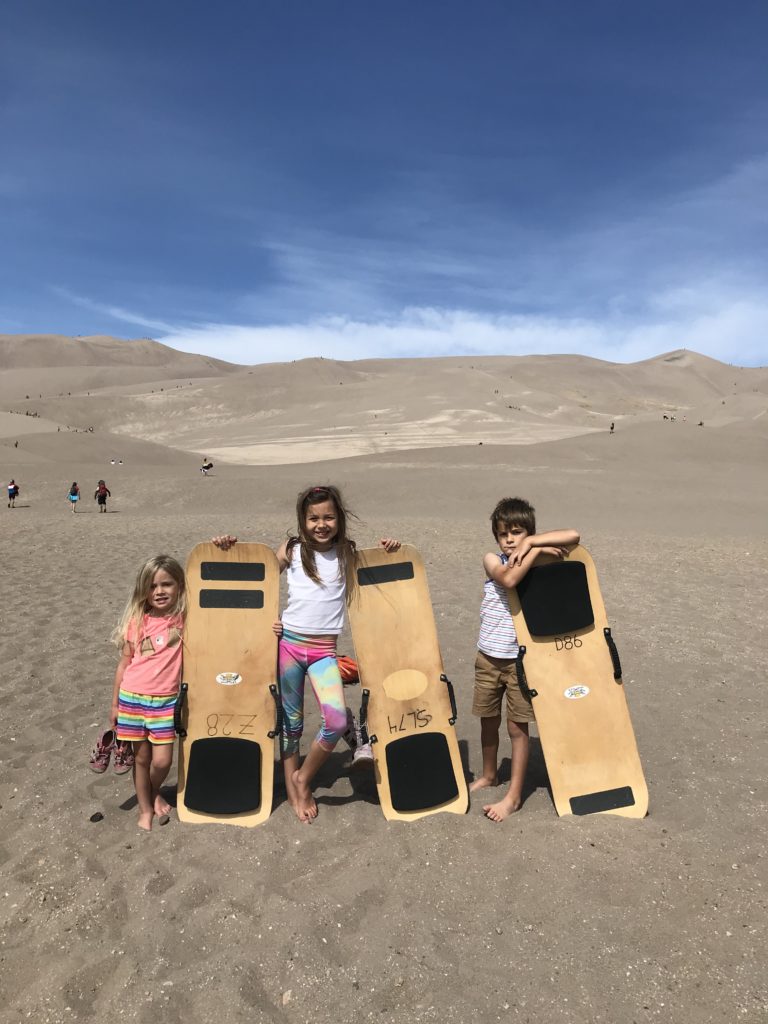
Guest Bio
Alyssa Calder Hulme values independence, growth, and serving others. Currently she is channeling that
into her full time job of mothering four children, running her education consultancy at
BigRoundSchoolhouse.com, writing the occasional article, and hosting the Women of Ambition Podcast.
Follow her on Instagram @bigroundschoolhouse and @womenofambitionpodcast
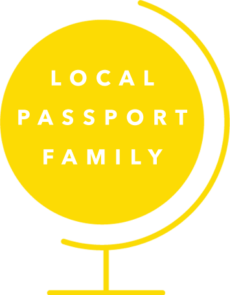

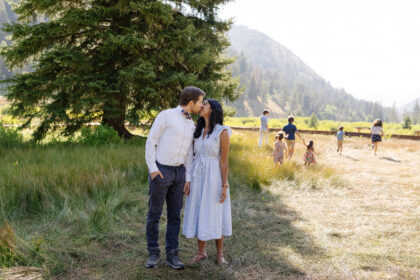








Thanks for sharing my article, Preethi! This experience was such a blast and I hope this info can make it a little bit easier for someone else to enjoy our amazing parks!